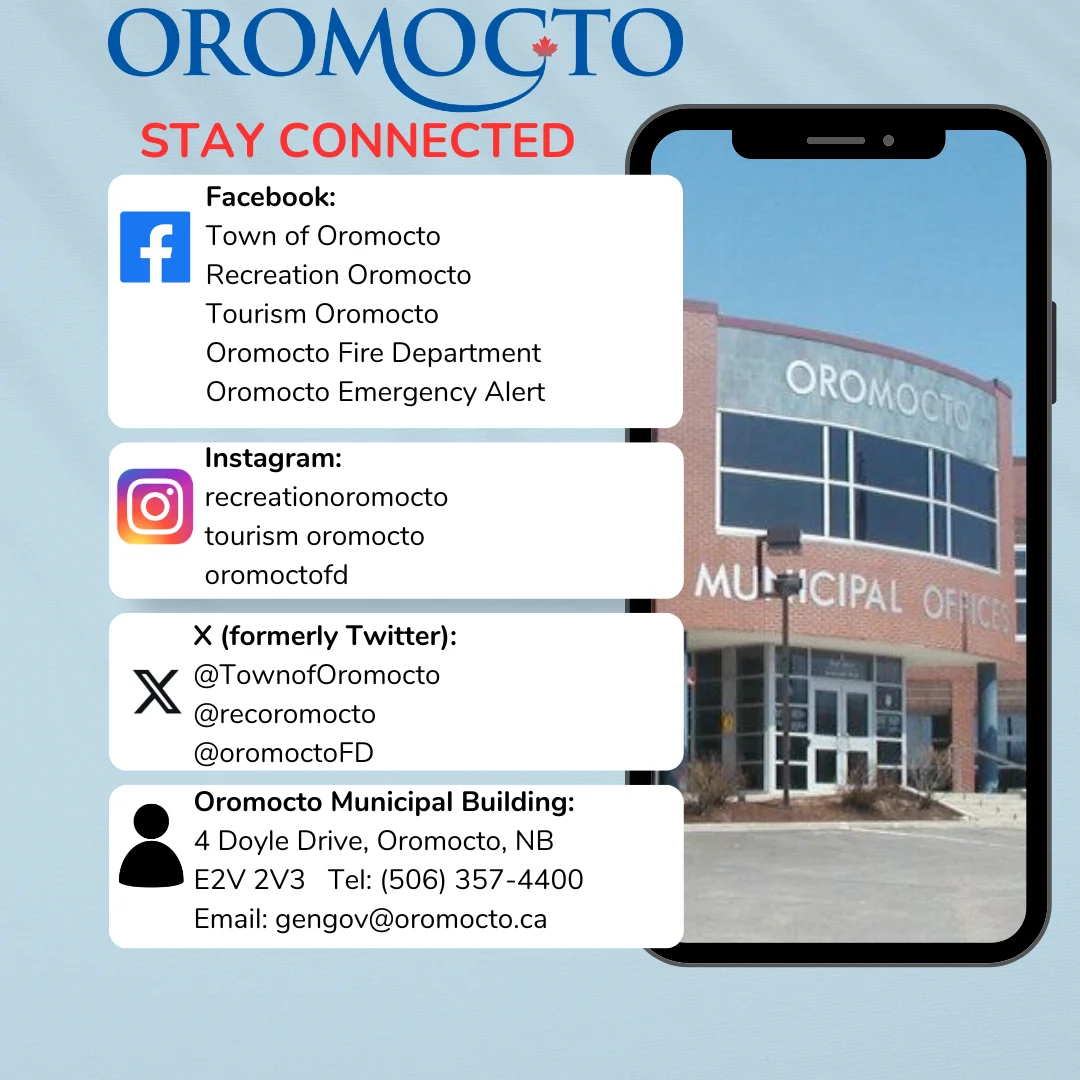
Plan costumes that are bright and reflective. Make sure that shoes fit well and that costumes are short enough to prevent tripping, entanglement or contact with flame.
Consider adding reflective tape or striping to costumes and trick-or-treat bags for greater visibility.
Secure emergency identification (name, address, phone number) discreetly within Halloween attire or on a bracelet.
Because a mask can limit or block eyesight, consider non-toxic and hypoallergenic makeup or a decorative hat as a safe alternative.
When shopping for costumes, wigs and accessories, purchase only those with a label indicating they are flame resistant.
Think twice before using simulated knives, guns or swords. If such props must be used, be certain they do not appear authentic and are soft and flexible to prevent injury.
Obtain flashlights with fresh batteries for all children and their escorts.
Plan ahead to use only battery powered lanterns or chemical lightsticks instead of candles in decorations and costumes.
This is also a great time to buy fresh batteries for your home Smoke Alarms.
Teach children their home phone number and to how call 9-1-1 (or their local emergency number) if they have an emergency or become lost. Remind them that 9-1-1 can be dialed free from any phone.
Review with your childre
n the principle of "Stop-Drop-Roll", should their clothes catch on fire.
Openly discuss appropriate and inappropriate behavior at Halloween time.
Consider purchasing individually packaged healthy food alternatives (or safe non-food treats) for those who visit your home.
Take extra effort to eliminate tripping hazards on your porch and walkway. Check around your property for flower pots, low tree limbs, support wires or garden hoses that may prove hazardous to young children rushing from house to house.
Learn or review CPR skills to aid someone who is choking or having a heart attack.

